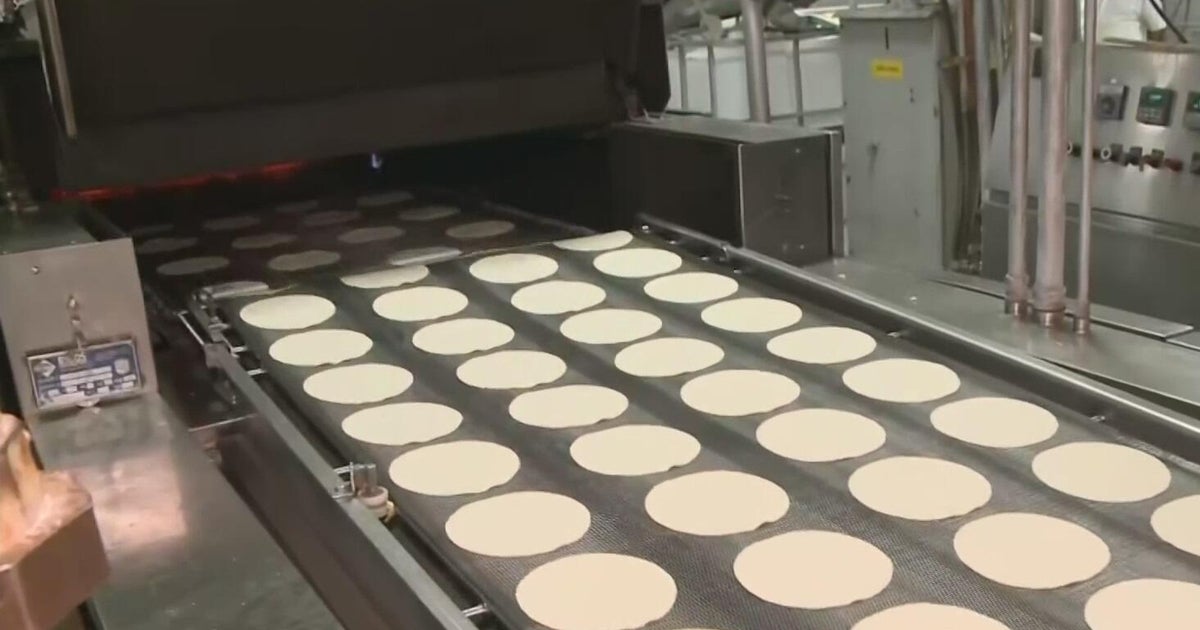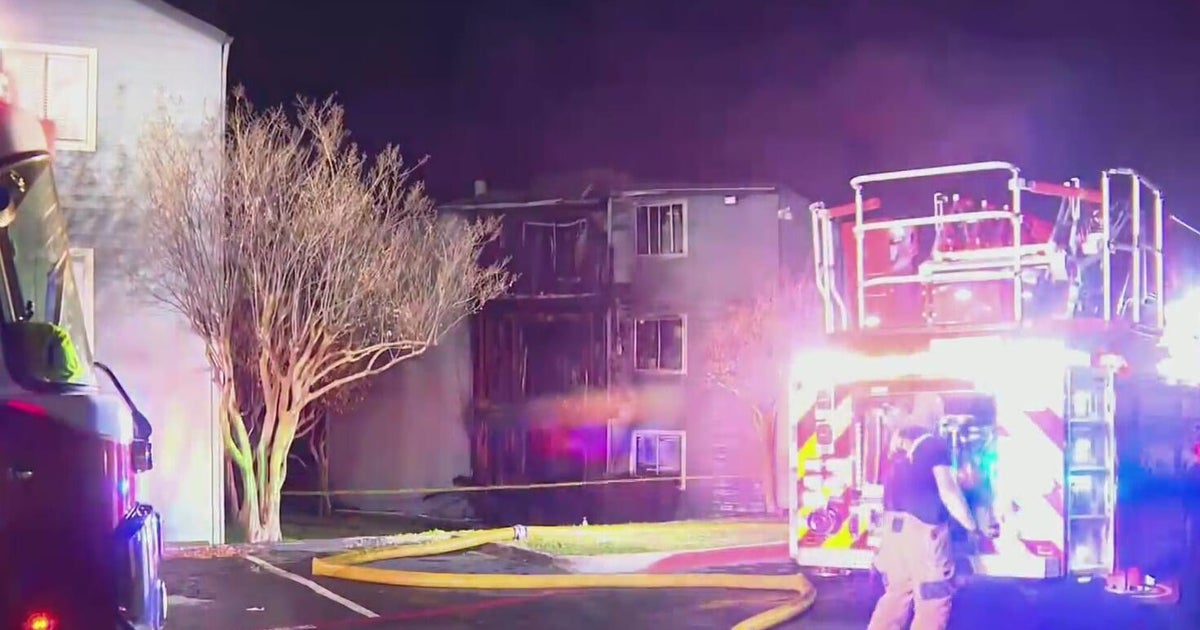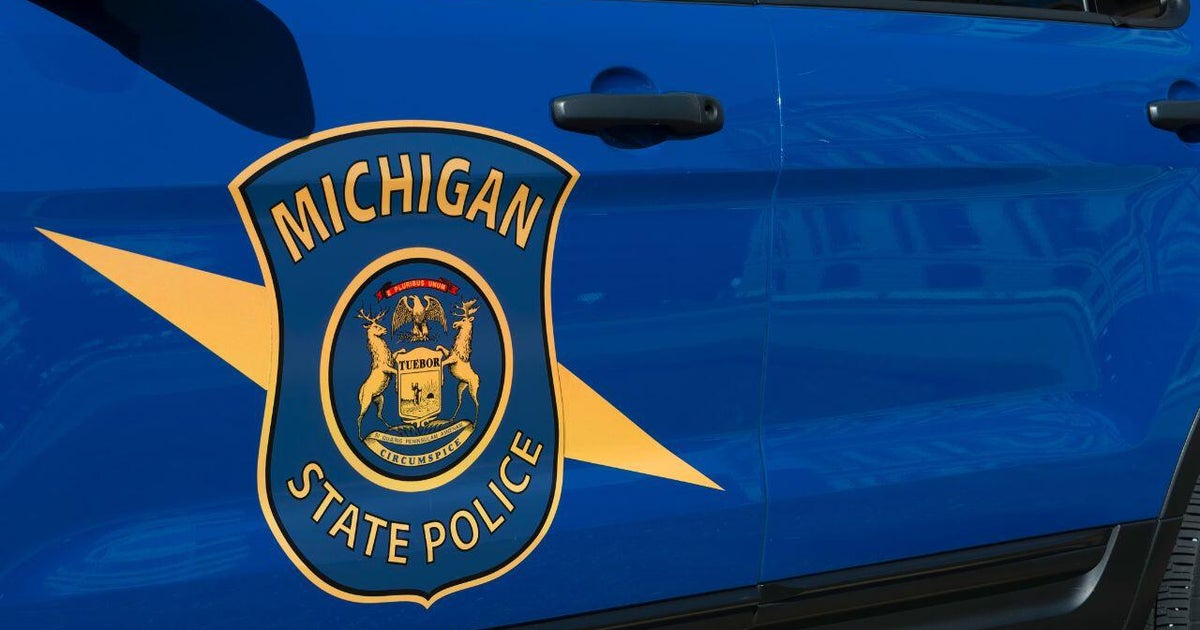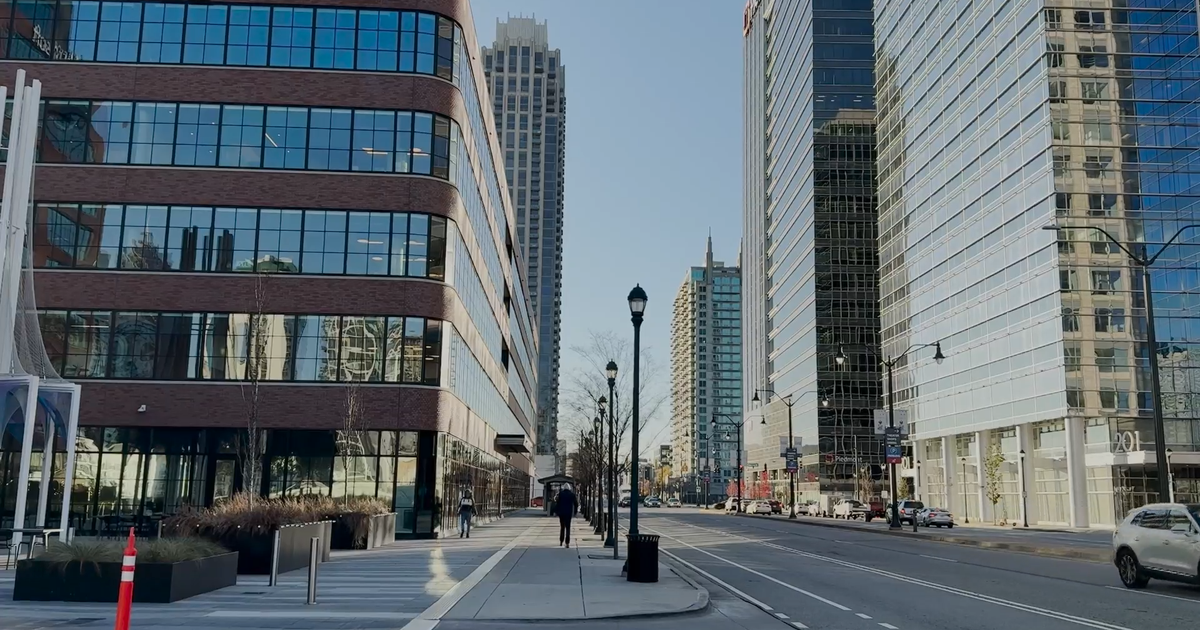HealthWatch: Cerebral Palsy
NEW YORK (CBS 2) -- Nearly 10,000 are born with cerebral palsy in this country every year. Often, one of their biggest challenges is often walking, but there's a new technology helping them to take steps on their own again, Dr. Max Gomez reports.
MacKenzie Maher was born with a brain injury. Doctors determined she had cerebral palsy, and unable to walk, the only way she could get around was to learn how to crawl.
"We had to keep MacKenzie on her belly like a wild child to learn to Army crawl," said Rhonda Maher, MacKenzie's mother.
The big breakthrough in her ability to walk came when MacKenzie began clinical trials on a machine called the lokomat.
"It's amazing to see like how far I've come," MacKenzie said.
The lokomat works like a robot, teaching CP patients to walk correctly. Her endurance improved dramatically.
"Like before I couldn't even keep up with my family when I was walking. Now my mom says that I have to actually slow down," MacKenzie said.
For six weeks at Shriners Hospital in Chicago, MacKenzie went through daily sessions on the lokomat, with her older sister Jessica Maher present to cheer her on.
"She looked like a normal kid just out for a stroll," Jessica said.
The cost of this high tech therapy was paid completely by Shriners. They may be best known for the their colorful parades, but MacKenzie is one of thousands of kids helped yearly by the institution.
Severely disabled at birth, this 13-year-old is now well on her way to walking, and mom hopes she will become 100-percent independent.
The lokomat system is only available at six centers around the country, so far. The system has also been used to help patients with stroke, spinal cord injuries and MS, as well as other neurological diseases and injuries.
Sound off in our comments section below…







